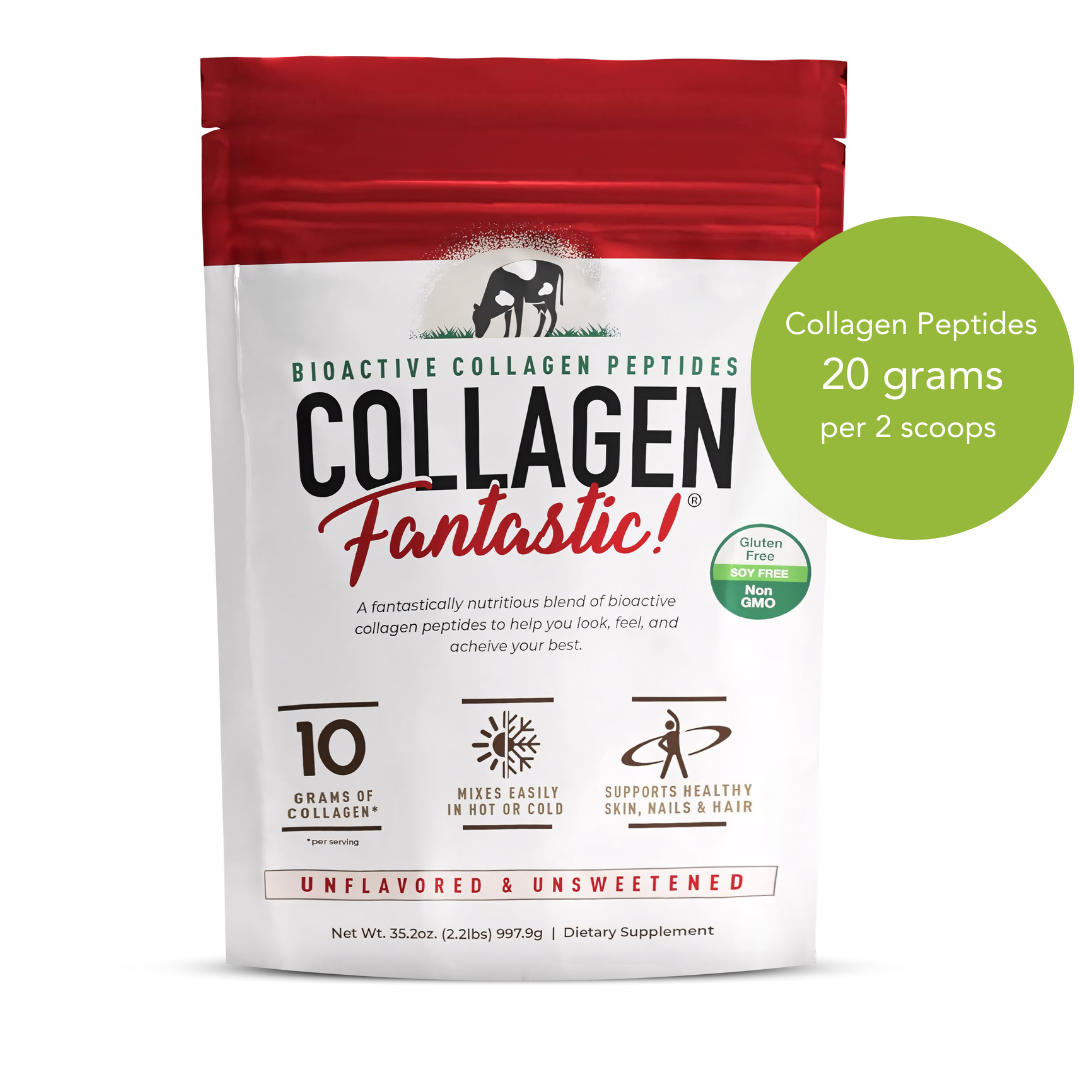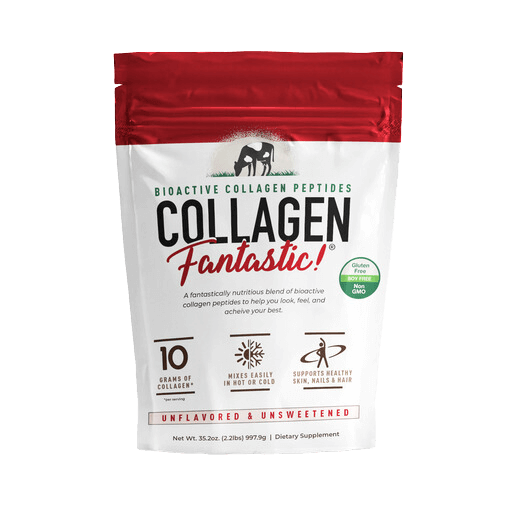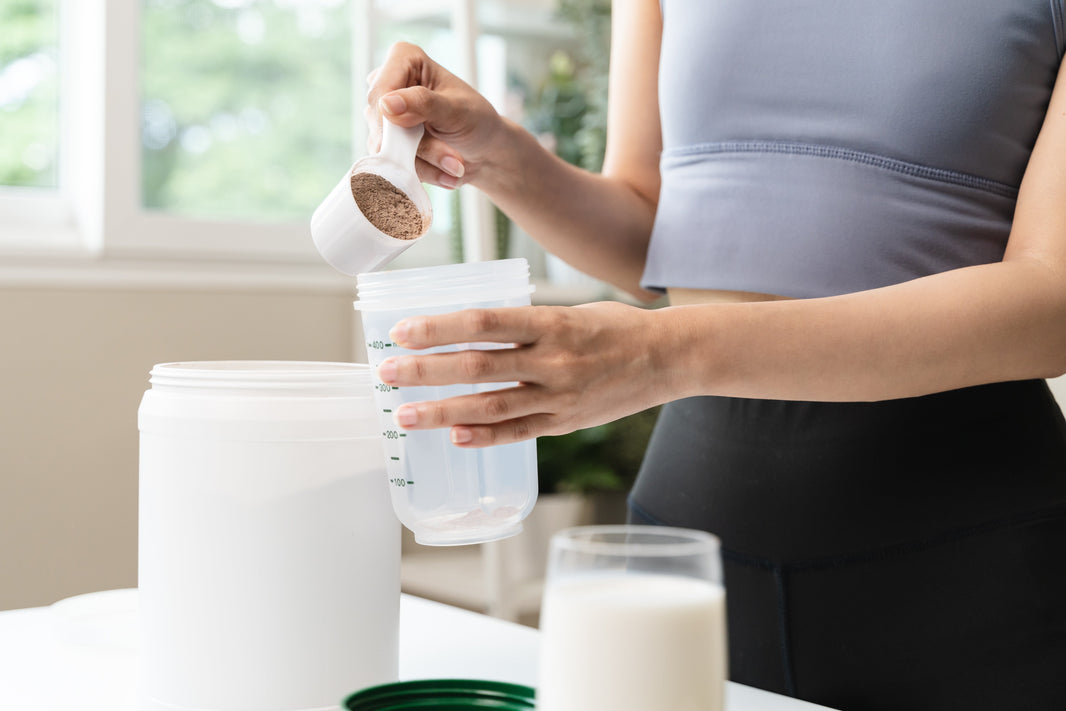Key Takeaways
-
Recovery is not the absence of activity—it’s the process of growth and adaptation. Muscles repair, energy stores replenish, and your nervous system resets during rest.
-
The right rest-day nutrition supports faster recovery, better performance, and long-term strength.
-
Protein, collagen, and creatine play complementary roles in muscle repair, joint health, and energy replenishment.
-
Sleep, hydration, and stress management are as crucial to fitness as training itself.
-
Planned, intentional rest days help prevent burnout, fatigue, and plateaus—making every workout more effective.
Introduction: Why Rest Isn’t Optional
Most people believe progress happens in the gym. In truth, it happens afterward.
Every training session creates micro-damage in your muscles, nervous system, and connective tissue. Rest days are when those systems rebuild stronger and more efficient. Skipping or under-valuing recovery doesn’t accelerate results—it slows them down.
Think of rest days as the other half of your workout plan. You’ve earned them, but more importantly, you need them.
In this guide, we’ll break down what effective rest really looks like—what to eat, how to move, and how supplements like Fantastic Nutrition Whey Protein, Collagen Peptides, and Creatine Fantastic can support faster, smarter recovery.
The Science Behind Recovery
When you train, you stress your muscles. That stress triggers adaptation: the body’s drive to rebuild tissue stronger than before.
This process, called muscle protein synthesis, requires two things:
-
Time — recovery cycles can take 24–72 hours depending on training intensity.
-
Resources — amino acids, energy (carbohydrates), hydration, and rest.
Neglect either one, and your body can’t complete the repair process. Over time, that can lead to stagnation, fatigue, and even injury.
Step 1: Refuel With Purpose
Protein: The Foundation of Repair
Even on rest days, your muscles still need protein to rebuild the fibers damaged during training. Skipping it slows recovery and reduces the benefits of your hard work.
How much: Aim for 0.8–1.0 grams of protein per pound of body weight daily, spread evenly across meals.
Best choices:
-
Lean meats, fish, and eggs
-
Greek yogurt, cottage cheese, and legumes
-
A post-meal or snack serving of Fantastic Nutrition Whey Protein ([link to whey protein product page]) for convenience and complete amino acids
Whey protein is especially valuable because it’s rich in leucine, the amino acid most responsible for triggering muscle repair.
Collagen: The Connective Support
Your muscles don’t work in isolation. Tendons, ligaments, and joints all bear the stress of exercise. Collagen supplementation helps strengthen those connective tissues, reducing stiffness and soreness.
Add one to two scoops of Fantastic Nutrition Collagen Peptides to coffee, smoothies, or water daily for joint comfort and elasticity support.
Step 2: Hydrate Strategically
Hydration isn’t just about replacing sweat—it’s about optimizing the environment for recovery.
Water supports every cellular process in muscle repair, nutrient delivery, and toxin removal.
-
Target: Half your body weight in ounces of water daily (more if you train intensely).
-
Add electrolytes or mineral-rich foods (fruits, vegetables, sea salt) to maintain fluid balance.
-
Limit alcohol and excess caffeine, which can interfere with recovery hydration.
Step 3: Sleep—The Ultimate Recovery Tool
Sleep is where your body’s restoration magic happens. Growth hormone peaks during deep sleep, driving tissue repair, fat metabolism, and immune recovery.
Guidelines for restorative sleep:
-
Aim for 7–9 hours per night.
-
Keep a consistent bedtime routine.
-
Limit screen exposure and heavy meals before bed.
-
Keep your room cool, dark, and quiet.
If you’ve trained hard that week, consider adding collagen before bed—it provides slow-release amino acids that support overnight tissue repair.
Step 4: Active Rest—Move to Recover
Rest doesn’t mean doing nothing. Gentle movement accelerates recovery by improving blood flow and flexibility.
Examples of active recovery:
-
Light walking or hiking
-
Yoga or mobility sessions
-
Easy cycling or swimming
-
Foam rolling or dynamic stretching
These low-intensity activities stimulate circulation, flush metabolic waste, and reduce post-workout soreness—all without overtaxing your muscles.
On rest days, aim for 20–40 minutes of gentle movement. It keeps your body feeling ready, not rusty.
Step 5: Fuel Hormonal and Nervous System Recovery
Intense exercise stresses more than muscles—it challenges your hormones and nervous system. To rebuild both:
-
Eat enough calories; extreme restriction elevates cortisol and slows recovery.
-
Balance your macronutrients: combine protein, complex carbs, and healthy fats.
-
Manage stress intentionally through breathwork, stretching, or time outdoors.
A relaxed nervous system equals better sleep, more efficient repair, and a stronger immune response—all of which help your next workout feel easier.
Frequently Asked Questions
1. Should I still take supplements on rest days?
Yes. Recovery doesn’t stop when you stop training. Continue taking Whey Protein, Collagen Peptides, and Creatine Fantastic daily to maintain amino acid levels, reduce muscle breakdown, and sustain energy for your next workout.
2. What should I eat on a rest day to recover best?
Focus on balanced meals: lean protein, slow-digesting carbs, and healthy fats. Avoid ultra-low-calorie diets—your body needs nutrients to repair muscles and replenish glycogen. Whey protein and collagen make simple, effective add-ons.
3. Can I do light exercise on a rest day?
Absolutely. Gentle activities like walking or yoga help promote circulation, reduce stiffness, and accelerate recovery. Just avoid high-intensity sessions that interfere with full repair.
4. How many rest days should I take each week?
For most adults, one full rest day and one active recovery day per week work well. Adjust based on your intensity, age, and energy levels—more isn’t always better.
The Bottom Line
Rest days are not interruptions—they’re investments in your long-term progress.
They allow your muscles to grow, your energy to return, and your performance to improve.
By combining balanced nutrition, restorative movement, quality sleep, and targeted supplementation, you’ll recover faster and train stronger.











